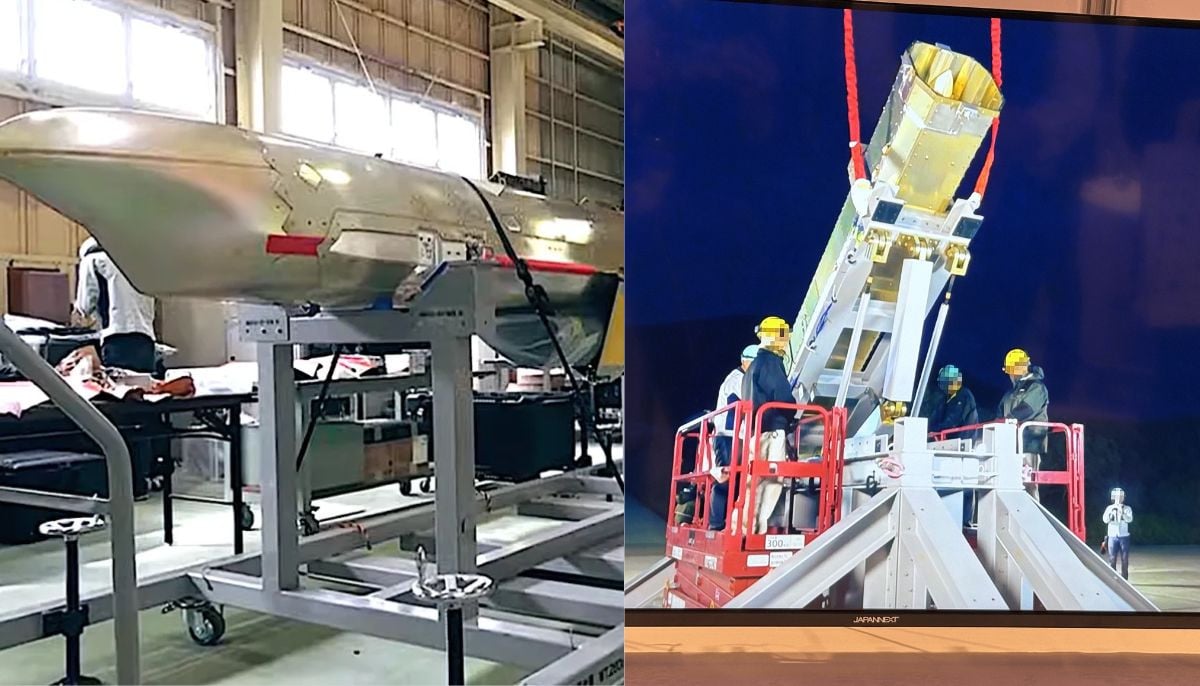REVEALED: 75,000-year-old Neanderthal woman finally gets a face
Scientists reconstruct face of Neanderthal woman from 75 millennia ago
Face of a 75,000-year-old Neanderthal woman has been revealed by scientists at England’s University of Cambridge.
The woman has been named as Shanidar Z and was found in an Iraqi cave. Before scientists remarkably pieced their finding together during the last six years, her skull was smashed into 200 pieces, specifically by a rock, according to NBC.
The university said a report published on its website Thursday, reimagines her facial features instead of just her skull. The report has also provided experts new insight into what our ancient cousins actually looked like.
Consequently, it turned out that they may have been more similar than we thought, especially in terms of both their facial features and their thoughts about death.
“The skulls of Neanderthals and humans look very different” to ours, Emma Pomeroy, a paleoanthropologist at Cambridge, said in the report. “Neanderthal skulls have huge brow ridges and lack chins, with a projecting midface that results in more prominent noses. But the recreated face suggests those differences were not so stark in life.”
Given the similarities with humans, “it’s perhaps easier to see how interbreeding occurred between our species,” she added, “to the extent that almost everyone alive today still has Neanderthal DNA.”
Between 700,000 and 300,000 years ago, Neanderthal were found to be a species of early humans that evolved from the similar common ancestor from whom Homo sapiens or modern humans came into being, according to Smithsonian. Interestingly, both of us resided side by side during a time. However, the Neanderthal died out around 40,000 years ago.
They had large noses for humidifying and warming the cold air from the areas they lived in and were shorter and stockier than us. However, when juxtaposed in relative size to their smaller bodies, their brains were just as large, if not larger.
-
Missouri couple ‘locked sons in chicken pen, shot them’ in shocking abuse case
-
Chinese ‘mega embassy’ wins UK approval in London ahead of Starmer’s China visit
-
From Chagos Islands to Greenland Trump flags national security risks: Here’s why
-
Church under investigation after anti-ICE protest interrupts worship
-
'I don't care': Trump shrugs off Nobel Prize talk as Greenland tensions escalate
-
Alarming: Rising shark attacks force Australia to close beaches
-
Three-year-old allegedly tortured, killed during exorcism in California church
-
Drunk driver tries to snatch San Diego deputy’s gun during chase












